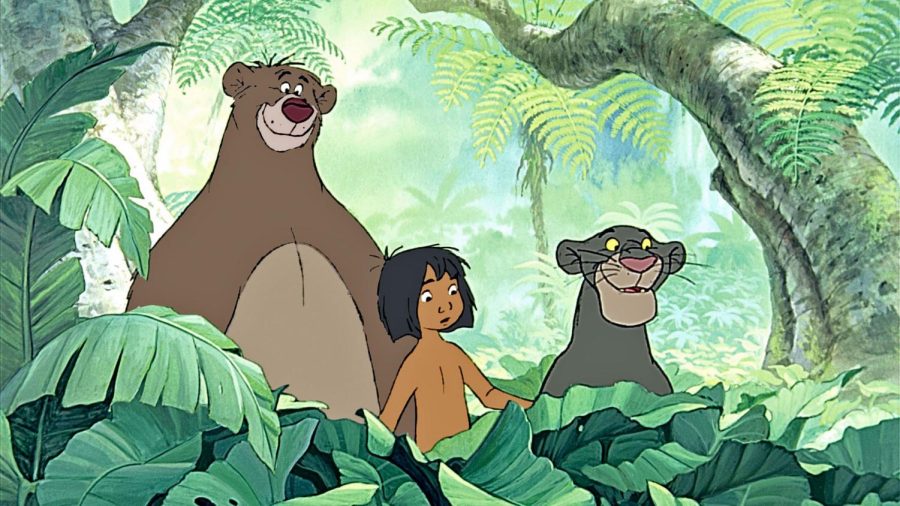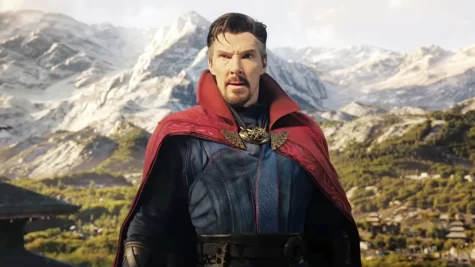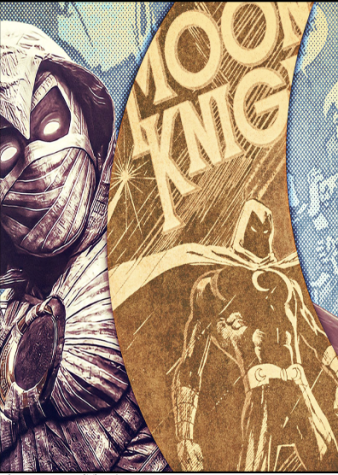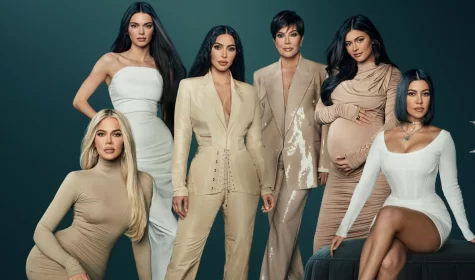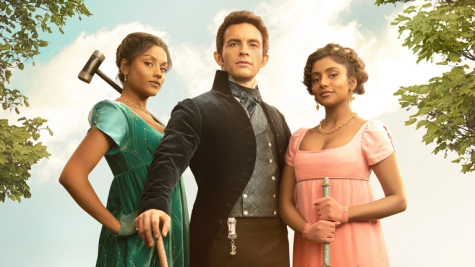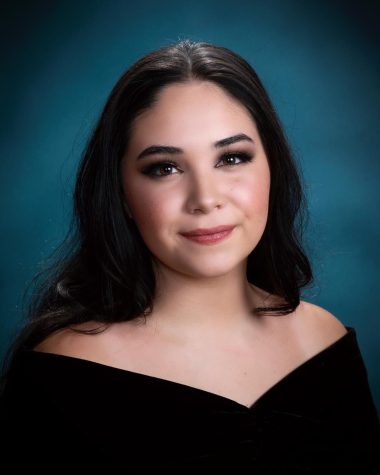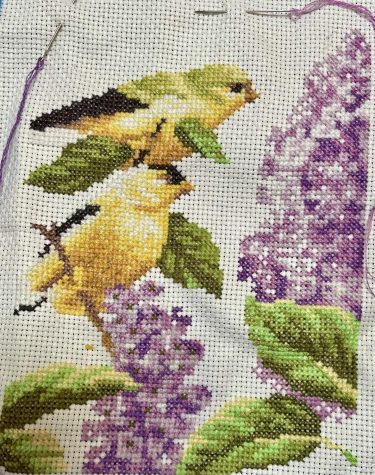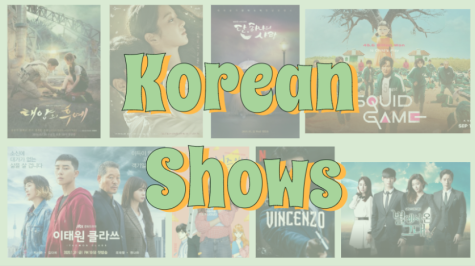TV and Film: Racism in Hollywood
This past September, “Shang Chi and the Legend of the Ten Rings” broke box office records and audiences were especially happy to see an Asian lead star in the film. In recent years, representation in film has become a mainstream topic. Viewers are tired of not seeing those who represent their beliefs and backgrounds on screen. Hollywood’s influence on stereotypes through directors’ visions and actors casted is important to acknowledge.
According to a study conducted by the University of Southern California, 73.1% of approximately 30,000 Hollywood characters were white. Furthermore, the Hollywood Diversity Report by UCLA finds that the lead actor has been predominantly white, peaking at 90% in 2011 and 73% most recently. These statistics showcase the dominance of white actors in the entirety of Hollywood and as lead roles. This feeds into the rumor that most Hollywood directors tend to pick European characters as they are envisioning their films and that films on the niche end of the spectrum tend not to get sufficient funding because they do not portray a white character as the protagonist.
It is hard to overlook racism within Hollywood because of popular media’s impacts on racism and stereotypes. Implicit bias causes directors and audiences to favor white actors. As the successes of movies with white protagonists surpass other niche movies, the implicit bias becomes expressed explicitly. When minority actors do end up being cast, they are generally cast for minor roles that have narratives built upon stereotypes. Although usually ignored, even the smallest characters contribute to the implicit racism of all viewers.
In Disney, examples include characters from “Lady and the Tramp,” “Dumbo,” “Peter Pan,” “Jungle Book” and more. In the “Lady and the Tramp,” there is a scene at a dog shelter where the pets represent different racist stereotypes and accents, like Pedro the Mexican Chihuahua or Boris the Russian Borzoi. Additionally, the Siamese cats in the movie depicted anti-Asian stereotypes, as they originate from Asia and are shown to be wreaking havoc in the movie. In “Dumbo,” the crows that aid Dumbo in flying are exaggerated to resemble African Americans and the lead crow is called Jim Crow, referencing segregation laws. These types of examples exist throughout many Disney movies and have set a precedent that Hollywood directors continue to use.
However, more minority actors are being cast as time goes on, indicating a positive trend. Most films that contain racist depictions were made in the past and have already been acknowledged with content warnings. The best example of this is Disney: they now have content warnings for many movies with racist stereotyping in attempt to reduce and remove such stereotyping as it comes up in their past content.
An example of a minority actor being cast as an important character is Zoe Saldaña who appeared as Gamora from “Guardians of the Galaxy” and Neytiri from “Avatar.” A similarity between these characters, however, is that the actor’s original skin color is modified to fit the character, in this case, green or blue. It is important to note that this is one of the different ways in which minority actors are suppressed through Hollywood and the film industry.
As the public starts to support movies that confront racism and feature more minority actors, major film industries like Hollywood are having to adapt to the public’s demands. Change is hard in Hollywood and other very profit-driven industries, but Hollywood has already started a wave of realization, most recently Shang-Chi and the Legend of the Ten Rings featuring Simu Liu, an Asian actor, as the protagonist. Many Asian-American viewers were particularly proud about the movie’s success expressed through “#RepresentationMatters.” It was a considerable breakthrough at Marvel for Asian representation. Film has a tremendous power to influence viewers’ beliefs. This influence can be used to create positive change through representation. Although momentous change will take time, Hollywood is taking a turn for the better.



